Introduction to Chain
We take it for granted and buy it, or we make it ourselves; we buy by the foot, or with clasps already attached; we hang jewelry on it, or cut it up into links and make tasseled earrings from it. It's jewelry chain, and rather than take it for granted, let's discover what makes up chain, and how it's come to us from our ancestors through history!
What is Chain?
Chain, by definition, is a series of usually metal links or rings, connected to or fitted into one another, and used for various purposes (Merriam-Webster). That about sums it up: on a large scale, chain has been used to sink ships (in the Revolutionary War, gigantic, hundred-pound chain links were sunk in rivers to "fence" out British ships), and on a fine scale, chain has adorned our ears, necks, and wrists for over 6,000 years. Keep reading to find where chain started, ideas how to use it, and see chain being made!
History of Chain
Chains date at least back to 2500 BC, and we can give credit to the Ancient Egyptians for threading links of gold and silver together - much like we thank them for hammering out sheets of gold and rolling it into early wire. Gold was plentiful in Classical Greece, and the Greeks created 3-dimensional pendants to wear on the chains. Around the 8th century BC, "strap chain" was developed, which is strands of chain that are connected to lie side-by-side, creating a fabric-like flexible band.
By 300 BC, the elite upper-class was wearing chains that contained gemstones in the links. Leonardo da Vinci improved on chain design during the Renaissance, a period when personal ornamentation was starting to become a must. In medieval times, the brooch was the most common piece of jewelry; in the Renaissance, this shifted to a pendant worn on a long gold chain.
For the upper classes, these lavish pendants often illustrated Biblical scenes, or emblems representing the names of saints or loved ones. More functional pendants have been found, as well, such as pendants containing toothpicks!
Fast-forward to the 18th century, and chain's use has remained much the same, with an added task: the muff, a lady's roll of fur to place her hands in to keep them toasty, often had a chain that went around the lady's neck. Called a muff chain, this is also seen in children's mittens!
As time passed, technology progressed to automate and standardize the making of chain, making steps like soldering the links (which often caused the entire link to become fused and unmovable) predictable and quick. There's a video at the bottom of this post showing just that!
By 300 BC, the elite upper-class was wearing chains that contained gemstones in the links. Leonardo da Vinci improved on chain design during the Renaissance, a period when personal ornamentation was starting to become a must. In medieval times, the brooch was the most common piece of jewelry; in the Renaissance, this shifted to a pendant worn on a long gold chain.
For the upper classes, these lavish pendants often illustrated Biblical scenes, or emblems representing the names of saints or loved ones. More functional pendants have been found, as well, such as pendants containing toothpicks!
Fast-forward to the 18th century, and chain's use has remained much the same, with an added task: the muff, a lady's roll of fur to place her hands in to keep them toasty, often had a chain that went around the lady's neck. Called a muff chain, this is also seen in children's mittens!
As time passed, technology progressed to automate and standardize the making of chain, making steps like soldering the links (which often caused the entire link to become fused and unmovable) predictable and quick. There's a video at the bottom of this post showing just that!
Types of Modern Chain
There are countless styles of jewelry chain, but we will be exploring some of the most famous and well-known types in the coming weeks, such as rolo, omega, snake, curb, ladder, and more. (Yes - if you have a good, close-up picture of a chain you love, send it to tips@wire-sculpture.com and you could be featured!)
When buying bulk chain, a typical label is either "soldered" or "unsoldered" chain. This means that the individual links that make up the chain are either soldered together, or have simply been pressed back together. Most base metal chain for jewelry-making is unsoldered, because it is a higher time and labor cost, but the chain still stays together well. Soldered chain can still be found, especially in the precious metals and larger-link chain.
If you see chain that says "finished" or "unfinished," that typically means that the chain has a clasp attached (finished) or not (unfinished).
When buying bulk chain, a typical label is either "soldered" or "unsoldered" chain. This means that the individual links that make up the chain are either soldered together, or have simply been pressed back together. Most base metal chain for jewelry-making is unsoldered, because it is a higher time and labor cost, but the chain still stays together well. Soldered chain can still be found, especially in the precious metals and larger-link chain.
If you see chain that says "finished" or "unfinished," that typically means that the chain has a clasp attached (finished) or not (unfinished).
Uses for Chain
Chain has been used to make sleek necklaces, anklets, and bracelets, which may have pendants or beads on them. Large-link chain has been used to make charm bracelets, and is currently becoming popular to use extremely large links of chain (1″ and larger) to make statement necklaces.
As a wire artist, because of your skills making simple loops and wrapped loops, you can do nearly anything you like with a piece of chain! Here are some ideas to get you started:
As a wire artist, because of your skills making simple loops and wrapped loops, you can do nearly anything you like with a piece of chain! Here are some ideas to get you started:
Dale "Cougar" Armstrong caged this natural Fluorite crystal with chain and jump rings - easily adaptable!

Sonja Kiser cut links of fine chain and attached them to a herringbone weave for earrings.

Dale also made this lavaliere with a larger chain. Notice the headpin detail on the adjustable clasp!

Chain has also been used through history to make pocket-watches retrievable (called a vest chain, it has a toggle at the end so as to not fall through the buttonhole of a vest), to attach to reading glasses; and to make connected jewelry such as a nose-ring connected to an earring, or a ring connected to a bracelet (this is also called a slave bracelet). Some women today also wear fine belts made out of chain, over clothing or as part of a beach ensemble!
Besides fashionable use, chains are also used for religious purposes still today. The Catholic Rosary is traditionally made using chain links, and follows a set formula of groups of beads. This is a meaningful project that even a beginning wire jewelry artist could accomplish and practice techniques on. Metal charms such as miraculous medals (featuring Mary) and other saints' medals are often given to children to be worn on chains: the St. Christopher medal, patron of travelers, is one of the most popular medals. A simple cross on a chain is a special gift for many Christian children, and wearing a Star of David, Hamsa (open hand), or Celtic knot charm is an important religious symbol for others.
Besides fashionable use, chains are also used for religious purposes still today. The Catholic Rosary is traditionally made using chain links, and follows a set formula of groups of beads. This is a meaningful project that even a beginning wire jewelry artist could accomplish and practice techniques on. Metal charms such as miraculous medals (featuring Mary) and other saints' medals are often given to children to be worn on chains: the St. Christopher medal, patron of travelers, is one of the most popular medals. A simple cross on a chain is a special gift for many Christian children, and wearing a Star of David, Hamsa (open hand), or Celtic knot charm is an important religious symbol for others.
Materials Used to make Modern Chain
Gold chain is typically made with brass (for easier manufacturing and strength) and copper (for color), resulting in a 14kt or similar alloy. While gold and silver are beautiful, not everyone can afford spools of gold chain to make beautiful jewelry from - so we turn to materials such as silver-plated chain, copper chain, and more. Even copper chain is often plated, with a harder, more cost-effective metal underneath, such as steel. If the chain is magnetic, it is most likely plated. While this is not a bad thing, keep your ultimate design in mind: if you are creating a necklace with a magnetic closure, you may want a different solution.
Here is a neat video I found which completely explains how modern machinery has made making chains quick and precise. Watch in the beginning, to see how metal becomes wire! And keep an eye out for the massive "pliers" making curb chain!
Here is a neat video I found which completely explains how modern machinery has made making chains quick and precise. Watch in the beginning, to see how metal becomes wire! And keep an eye out for the massive "pliers" making curb chain!
Materials

Chains
Tools

WireJewelry - Ultimate Wire-Pliers Jewelry Pliers with Case, Set of 5
G15-20
- G15-20
- Lesson Quantity: 1.00 pieces
- Purchase Quantity: 1.00 each
- Price: $170.72
- Gold Club Price: $128.04
- Category: General Education
- Technique(s): Design








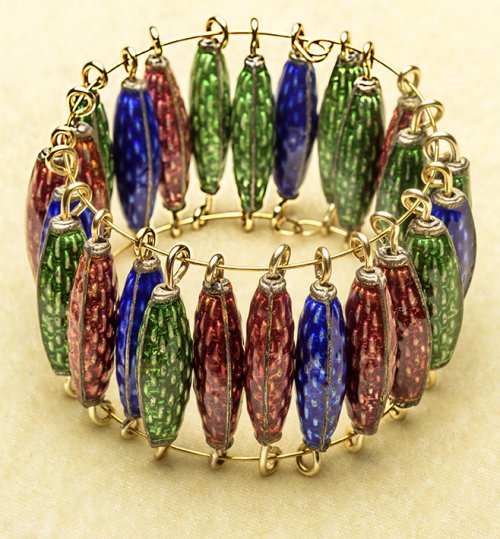
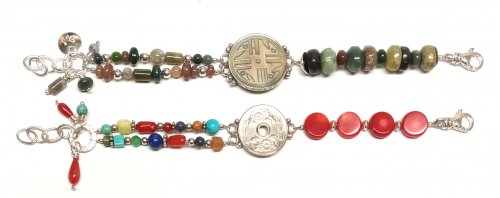
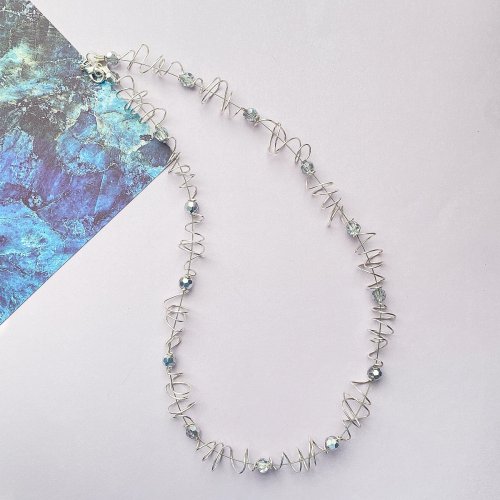


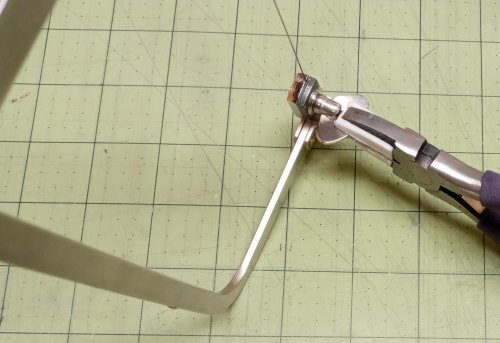

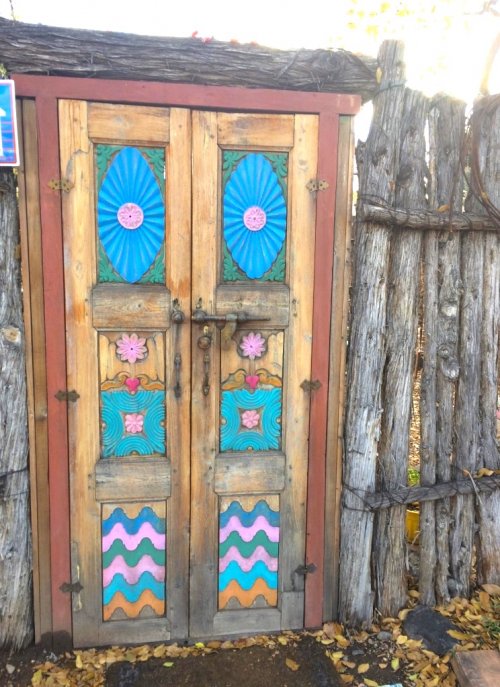
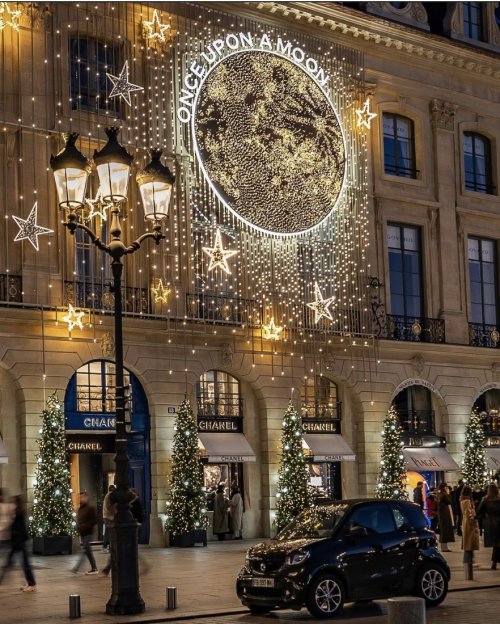


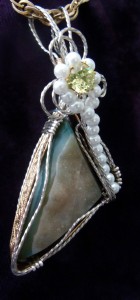

 About Jewelry Chain- About Ball Chain
About Jewelry Chain- About Ball Chain About Jewelry Chain- Snake Chain and Omega Chain
About Jewelry Chain- Snake Chain and Omega Chain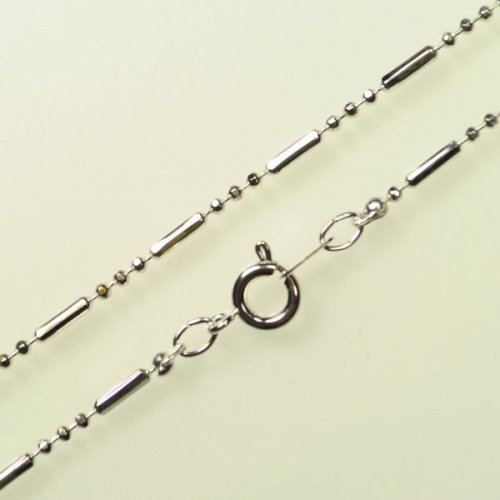 About Jewelry Chain- Bar Chain and Peanut Chain
About Jewelry Chain- Bar Chain and Peanut Chain About Jewelry Chain - Cable Chain and Rolo Chain
About Jewelry Chain - Cable Chain and Rolo Chain About Jewelry Chain- Curb Chain and Gourmette Chain
About Jewelry Chain- Curb Chain and Gourmette Chain About Jewelry Chain- Figaro Chain
About Jewelry Chain- Figaro Chain About Jewelry Chain- Infinity Chain and Anchor Chain
About Jewelry Chain- Infinity Chain and Anchor Chain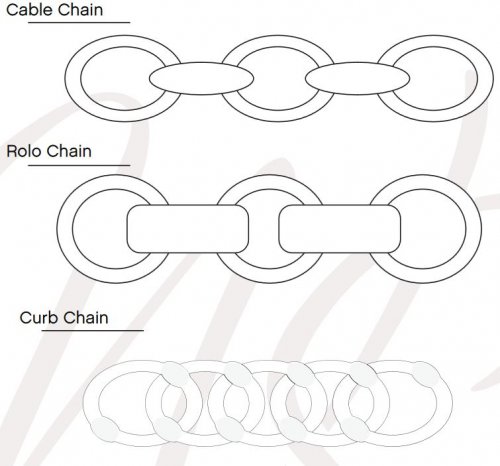 About Jewelry Chain- Chain Reference Sheet
About Jewelry Chain- Chain Reference Sheet About Jewelry Chain- Venetian Chain and Box Chain
About Jewelry Chain- Venetian Chain and Box Chain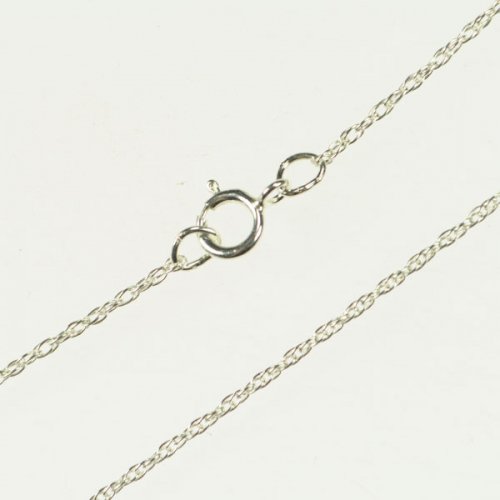 About Jewelry Chain- Wheat Chain and Rope Chain
About Jewelry Chain- Wheat Chain and Rope Chain Access More Money by Making Jewelry When Your Prices Are Right
Access More Money by Making Jewelry When Your Prices Are Right An Introduction to Beads and Beading
An Introduction to Beads and Beading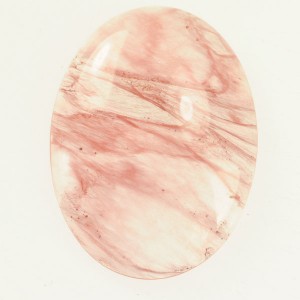 Common Gemstone Misconceptions
Common Gemstone Misconceptions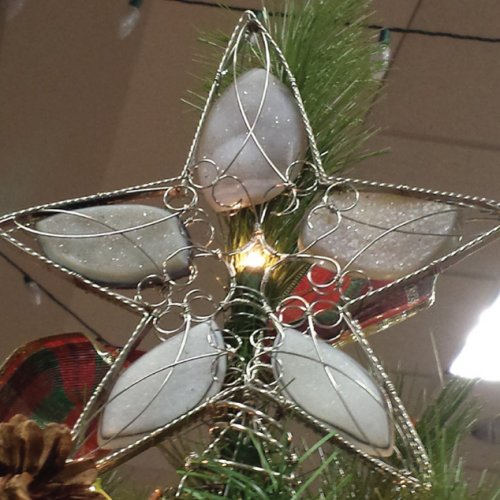 Wire Wrapped Christmas Tree
Wire Wrapped Christmas Tree How To Polish Metal Jewelry using a Rotary Tumbler
How To Polish Metal Jewelry using a Rotary Tumbler How To Polish Your Own Rocks using a Rotary Rock Tumbler
How To Polish Your Own Rocks using a Rotary Rock Tumbler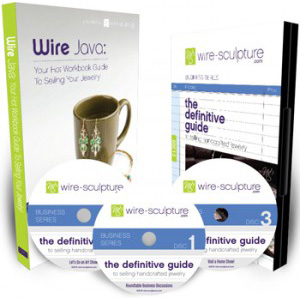 How to Merchandise Your Jewelry on the Internet
How to Merchandise Your Jewelry on the Internet How to Use Twitter as a Wire Jewelry Artist
How to Use Twitter as a Wire Jewelry Artist 20 Ideas to get your Jewelry Biz Busy
20 Ideas to get your Jewelry Biz Busy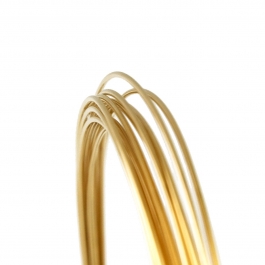 Watching the Precious Metals Market
Watching the Precious Metals Market Jewelry Design Ideas - Get Inspired
Jewelry Design Ideas - Get Inspired Measuring Tools
Measuring Tools July Birthstone - The Ruby
July Birthstone - The Ruby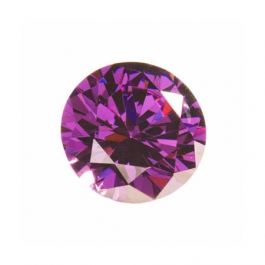 February Birthstone- Amethyst
February Birthstone- Amethyst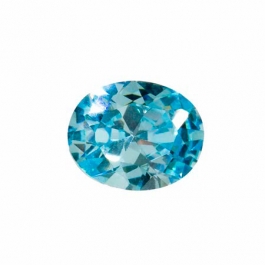 March Birthstone - Aquamarine and Bloodstone
March Birthstone - Aquamarine and Bloodstone September Birthstone - Sapphire
September Birthstone - Sapphire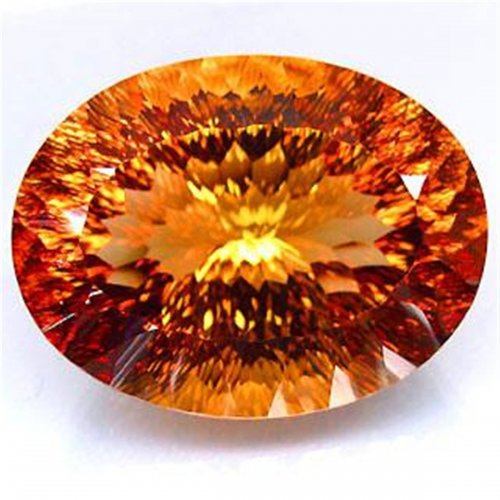 November Birthstones - Topaz and Citrine
November Birthstones - Topaz and Citrine October Birthstones - Rose Zircon, Pink Tourmaline and Opal
October Birthstones - Rose Zircon, Pink Tourmaline and Opal April Birthstone - The Diamond
April Birthstone - The Diamond August Birthstone - Peridot and Sardonyx
August Birthstone - Peridot and Sardonyx June Birthstones - Alexandrite, Pearl and Moonstone
June Birthstones - Alexandrite, Pearl and Moonstone Metalsmithing
Metalsmithing Featured Tool - Mini TruStrike Hammers
Featured Tool - Mini TruStrike Hammers Natural Jasper Stones - Cabochon Gemstones
Natural Jasper Stones - Cabochon Gemstones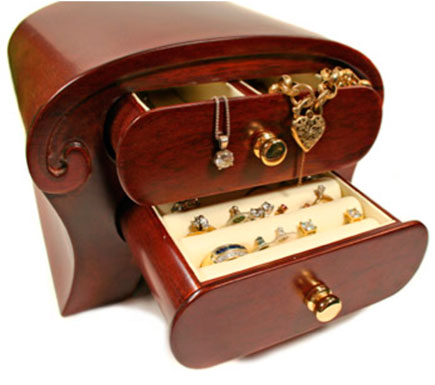 Organize Your Jewelry Box
Organize Your Jewelry Box Pearls- It's a Cultural Thing
Pearls- It's a Cultural Thing Soldering 101
Soldering 101 Starting Your Own Home Jewelry Business
Starting Your Own Home Jewelry Business The Art of Creating Chainmail
The Art of Creating Chainmail Why Should I Be Using Facebook
Why Should I Be Using Facebook Make Handmade Neck Cords on a Dime
Make Handmade Neck Cords on a Dime Tagging Handmade Jewelry Gifts
Tagging Handmade Jewelry Gifts Share Your Expertise with Your Community
Share Your Expertise with Your Community Creating Color Schemes for Jewelry Making
Creating Color Schemes for Jewelry Making Bronze, Brass, Nickel Silver and Copper Base Metals
Bronze, Brass, Nickel Silver and Copper Base Metals Gemstone Treatments
Gemstone Treatments How Wire is Made
How Wire is Made Beading A-B-C's
Beading A-B-C's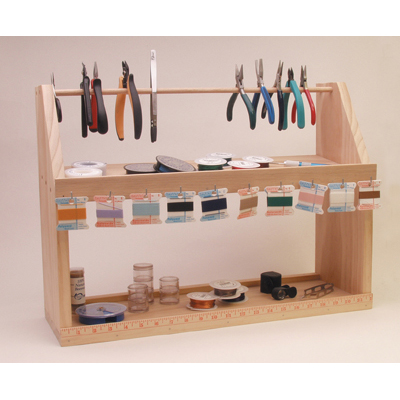 How to Set Up Your Workspace
How to Set Up Your Workspace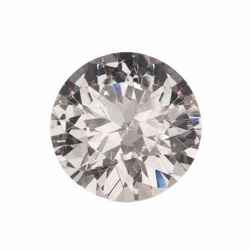 Gem Profile- Diamond
Gem Profile- Diamond Gem Profile- Peridot
Gem Profile- Peridot Gem Profile- Goldstone
Gem Profile- Goldstone Gem Profile- Cryptocrystalline Quartz Introduction
Gem Profile- Cryptocrystalline Quartz Introduction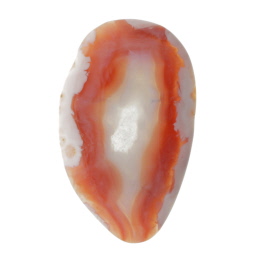 Gem Profile- Banded Agate and Brecciated Agate
Gem Profile- Banded Agate and Brecciated Agate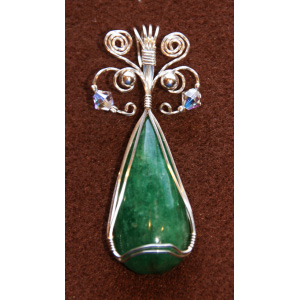 Gem Profile- Emerald
Gem Profile- Emerald Gem Profile- Titanite or Sphene
Gem Profile- Titanite or Sphene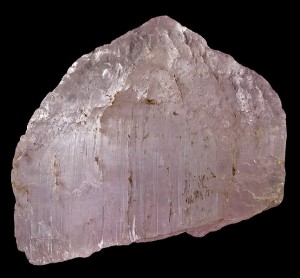 Gem Profile- Morganite
Gem Profile- Morganite Gem Profile- Desert Rose
Gem Profile- Desert Rose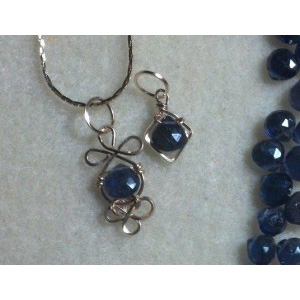 Gem Profile- Iolite
Gem Profile- Iolite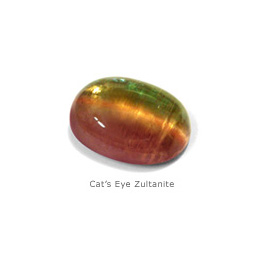 Gem Profile- Zultanite
Gem Profile- Zultanite Gem Profile- Maw Sit Sit
Gem Profile- Maw Sit Sit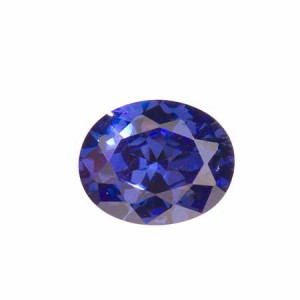 Gem Profile- Tanzanite
Gem Profile- Tanzanite Gem Profile- Aquamarine
Gem Profile- Aquamarine Gem Profile- Turquoise
Gem Profile- Turquoise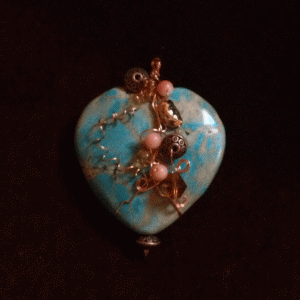 Gem Profile- Turquoise Types
Gem Profile- Turquoise Types Gem Profile- What's Druze
Gem Profile- What's Druze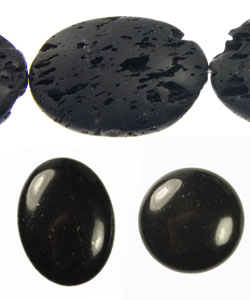 Gem Profile- Basalt
Gem Profile- Basalt Gem Profile- Fordite
Gem Profile- Fordite Gem Profile- Variscite
Gem Profile- Variscite Gem Profile- Pearls
Gem Profile- Pearls Gem Profile- Onyx
Gem Profile- Onyx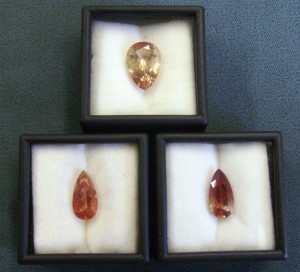 Gem Profile- Sunstone
Gem Profile- Sunstone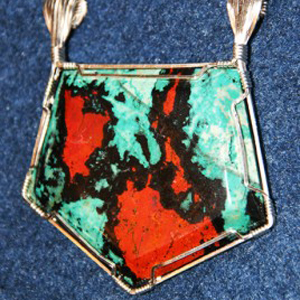 Gem Profile- Sonora Sunrise
Gem Profile- Sonora Sunrise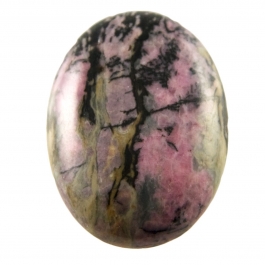 Gem Profile- Rhodonite
Gem Profile- Rhodonite Gem Profile- Glass, Crystal and Quartz
Gem Profile- Glass, Crystal and Quartz Gem Profile- Psilomelane
Gem Profile- Psilomelane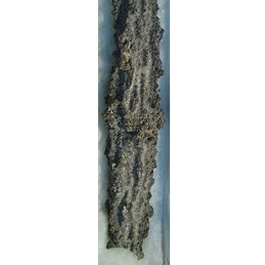 Gem Profile- Fulgurite
Gem Profile- Fulgurite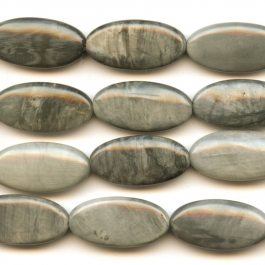 Gem Profile- Cat's Eye
Gem Profile- Cat's Eye Gem Profile- Carnelian
Gem Profile- Carnelian Gem Profile- Petoskey Stones and Indonesian Fossil Coral
Gem Profile- Petoskey Stones and Indonesian Fossil Coral Gem Profile- Rutilated Quartz
Gem Profile- Rutilated Quartz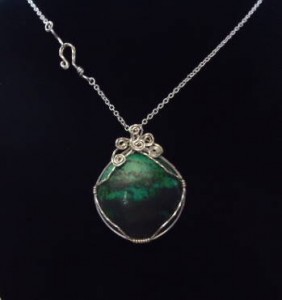 Gem Profile- Chrysocolla
Gem Profile- Chrysocolla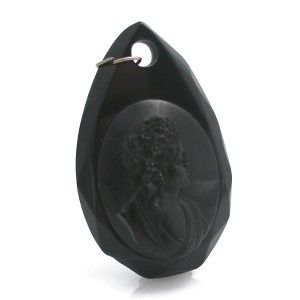 Gem Profile- Jet
Gem Profile- Jet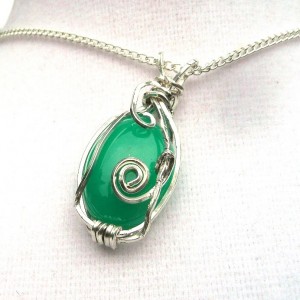 Gem Profile- Chrysoprase
Gem Profile- Chrysoprase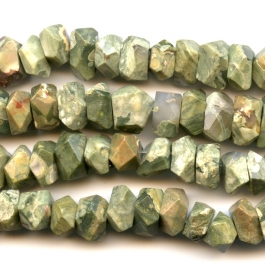 Gem Profile- Rhyolite
Gem Profile- Rhyolite Gem Profile- Chalcedony
Gem Profile- Chalcedony Gem Profile- Lepidolite and Sugilite
Gem Profile- Lepidolite and Sugilite Gem Profile- Unakite
Gem Profile- Unakite Gem Profile- Cowrie Shells, Conch Shells, and Drilling Shells
Gem Profile- Cowrie Shells, Conch Shells, and Drilling Shells Gem Profile- Mother of Pearl
Gem Profile- Mother of Pearl Gem Profile- Moss Agate and Plume Agate
Gem Profile- Moss Agate and Plume Agate Gem Profile- Thundereggs and Mexican Lace Agate
Gem Profile- Thundereggs and Mexican Lace Agate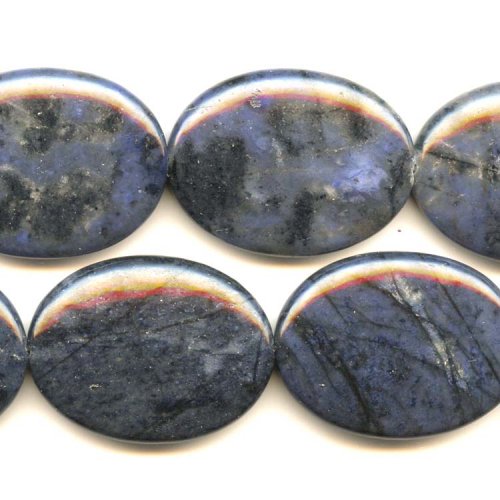 Gem Profile- Dumortierite
Gem Profile- Dumortierite Gem Profile- Apatite
Gem Profile- Apatite Gem Profile- Blue Topaz
Gem Profile- Blue Topaz Gem Profile- Aragonite
Gem Profile- Aragonite Gem Profile- Zircon and Cubic Zirconia
Gem Profile- Zircon and Cubic Zirconia Gem Profile- Topaz
Gem Profile- Topaz Gem Profile- Howlite
Gem Profile- Howlite Gem Profile- Sodalite
Gem Profile- Sodalite Gem Profile- Magnesite
Gem Profile- Magnesite Gem Profile- Cuprite
Gem Profile- Cuprite Gem Profile- Nuummite
Gem Profile- Nuummite Gem Profile- Bronzite
Gem Profile- Bronzite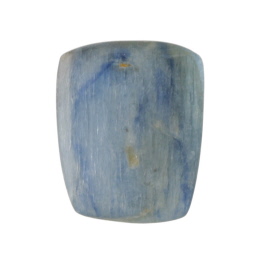 Gem Profile- Kyanite
Gem Profile- Kyanite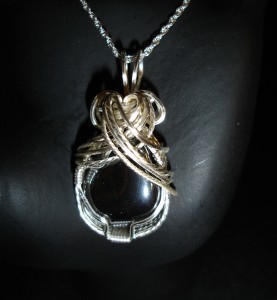 Gem Profile- Hematite
Gem Profile- Hematite Gem Profile- Derbyshire Blue John
Gem Profile- Derbyshire Blue John Gem Profile- Eilat Stone
Gem Profile- Eilat Stone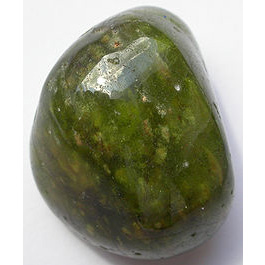 Gem Profile- Vesuvianite
Gem Profile- Vesuvianite Gem Profile- Strontium Titanate -Fabulite
Gem Profile- Strontium Titanate -Fabulite Gem Profile- Tourmaline
Gem Profile- Tourmaline Gem Profile- Larimar
Gem Profile- Larimar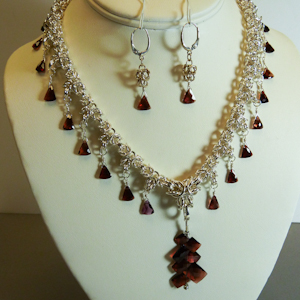 Gem Profile- Garnet
Gem Profile- Garnet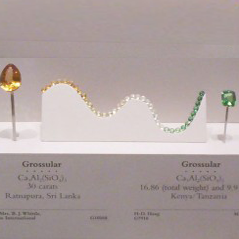 Gem Profile- Tsavorite and Green Garnets
Gem Profile- Tsavorite and Green Garnets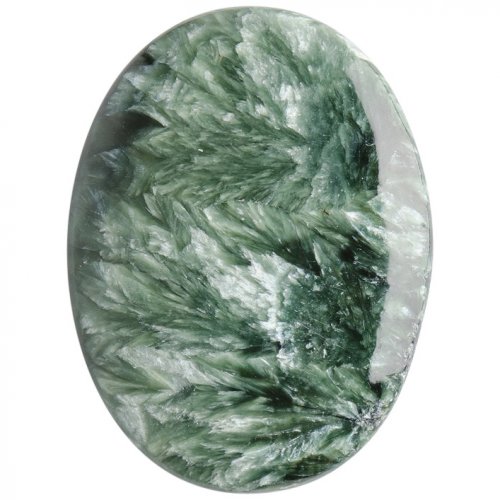 Gem Profile- Seraphinite
Gem Profile- Seraphinite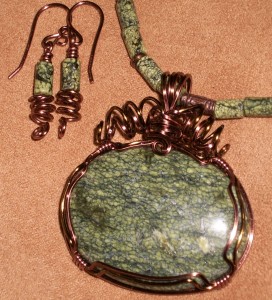 Gem Profile- Serpentine
Gem Profile- Serpentine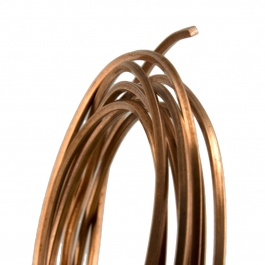 American Wire Gauge
American Wire Gauge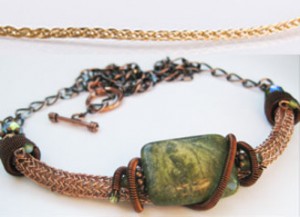 Viking Knit and Spool Knit Chain
Viking Knit and Spool Knit Chain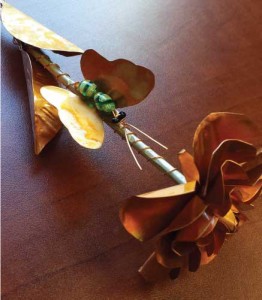 Copper Roses
Copper Roses How to Make Medical ID Bracelets Special
How to Make Medical ID Bracelets Special Remembering the Fallen
Remembering the Fallen 6 Ways to Find Your Uniqueness in Jewelry
6 Ways to Find Your Uniqueness in Jewelry Gem Profile- Moissanite
Gem Profile- Moissanite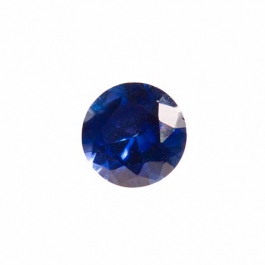 Birthstone Swarovski Colors
Birthstone Swarovski Colors Gem profile- Paua and Abalone
Gem profile- Paua and Abalone Tips for Tucson Shopping- Gem Show Secrets
Tips for Tucson Shopping- Gem Show Secrets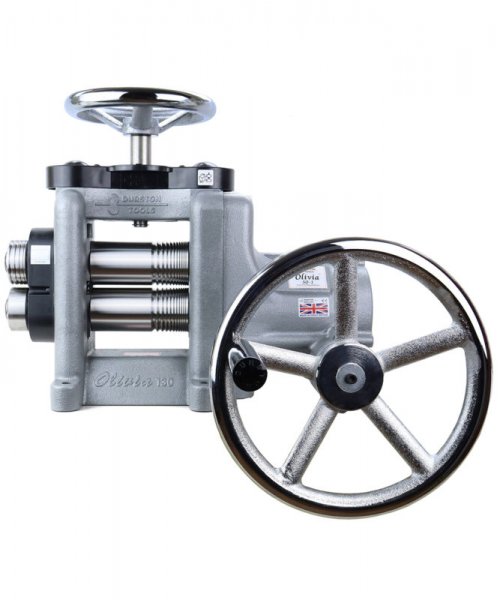 Durston Olivia Rolling Mills
Durston Olivia Rolling Mills How to Use a Jewelry Bench Polisher Effectively
How to Use a Jewelry Bench Polisher Effectively 
